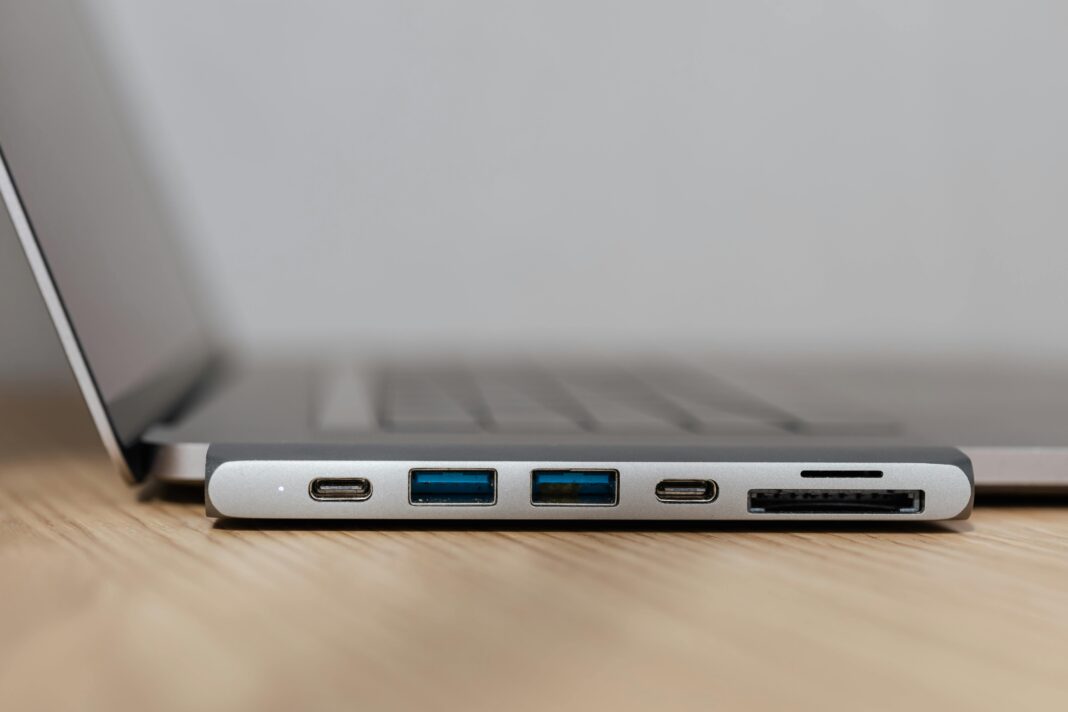In an era where laptops are becoming slimmer and more portable, the sacrifice often comes in the form of limited connectivity options. Many modern ultrabooks and tablets now feature just one or two USB-C ports, forcing users to make difficult choices between charging their device or connecting peripherals. This is where a high-quality USB-C hub becomes not just convenient but absolutely essential for productivity.

The right USB-C hub can transform your minimalist laptop into a full-fledged workstation, allowing you to connect multiple monitors, transfer files at blazing speeds, plug in wired internet for stable connections, and keep all your essential peripherals like external keyboards, mice, and storage drives accessible simultaneously. With so many options on the market, selecting the perfect hub requires careful consideration of your specific needs, device compatibility, and performance expectations.
This comprehensive guide will walk you through every critical aspect of choosing and using USB-C hubs. We’ll examine the key features that differentiate premium hubs from mediocre ones, provide detailed reviews of the top models available today, troubleshoot common connectivity issues, and answer all your pressing questions about USB-C hub functionality. Whether you’re a digital nomad needing reliable connectivity on the go, a creative professional requiring multi-monitor setups, or a business user looking to create an efficient docking station, this guide will help you make an informed decision.
What to Look for in a High-Performance USB-C Hub
1. Port Selection and Configuration
The foundation of any good USB-C hub lies in its port selection. Different users have different connectivity needs, so it’s crucial to assess which ports will be most valuable for your workflow:
- Video Output Ports (HDMI/DisplayPort/VGA):
- For single monitor setups: Look for at least one HDMI 2.0 port supporting 4K resolution at 60Hz for smooth video playback and crisp text.
- For multi-monitor workstations: Seek hubs with dual HDMI or a combination of HDMI and DisplayPort (some premium hubs support up to three external displays).
- Older monitor compatibility: Some hubs include VGA ports for connecting to legacy projectors or displays.
- USB-A and USB-C Data Ports:
- USB 3.0/3.1 Gen 1 (5Gbps): Suitable for connecting keyboards, mice, and basic external storage.
- USB 3.1 Gen 2 (10Gbps): Necessary for fast external SSDs and high-speed file transfers.
- USB4/Thunderbolt 3 (40Gbps): Essential for professional workflows involving large file transfers or external GPU connections.
- Networking and Audio:
- Gigabit Ethernet (1000Mbps): Critical for stable, high-speed wired internet connections in office environments or for gaming.
- 3.5mm audio jack: Useful for connecting headphones or microphones when your laptop lacks a dedicated audio port.
- Card Readers:
- SD/microSD card slots with UHS-II support (300MB/s) are invaluable for photographers and videographers needing fast media transfers.
- Power Delivery (PD):
- 60W-100W PD is necessary to charge most laptops while using other hub functions.
- Some high-power laptops (like gaming models) may require 130W+ for optimal charging during heavy use.
2. Build Quality and Thermal Management
A hub’s physical construction significantly impacts its longevity and performance:
- Materials Matter:
- Aluminum housings offer superior heat dissipation compared to plastic, preventing thermal throttling during extended use.
- Reinforced cable strain relief prevents fraying at connection points, a common failure point in cheaper hubs.
- Form Factor Considerations:
- Compact, lightweight designs (like the Satechi Pro Hub) are ideal for mobile professionals.
- Larger docking stations (such as the CalDigit TS4) provide more ports but sacrifice portability.
- Thermal Performance:
- Look for hubs with thermal pads or heat sinks if you’ll be pushing bandwidth limits regularly.
- Some premium docks include cooling fans for sustained high-performance operation.
3. Data Transfer Performance
Understanding bandwidth limitations is crucial for avoiding bottlenecks:
- Bandwidth Allocation:
- Most USB-C hubs share a single USB-C/Thunderbolt connection’s bandwidth across all ports.
- Simultaneous use of multiple high-bandwidth devices (like an external SSD and 4K monitor) may require Thunderbolt-level bandwidth.
- Real-World Speed Tests:
- USB 3.2 Gen 2×2 (20Gbps) hubs can achieve ~1,500MB/s with compatible SSDs.
- Thunderbolt 4 maintains consistent speeds even with multiple connected devices.
4. Multi-Monitor Support Capabilities
Not all hubs handle multiple displays equally:
- Display Protocols:
- DisplayPort Alt Mode allows video signal transmission over USB-C.
- MST (Multi-Stream Transport) enables daisy-chaining monitors from a single output.
- Resolution and Refresh Rate Limitations:
- Basic hubs might limit you to 4K@30Hz or dual 1080p displays.
- Premium Thunderbolt docks can drive dual 4K@60Hz or even single 8K displays.
- Operating System Considerations:
- Windows PCs generally offer more flexible multi-display support.
- M1/M2 MacBooks have specific limitations (base models only support one external display natively).
5. Power Delivery Specifications
Charging capabilities vary widely:
- Wattage Requirements:
- Ultrabooks (MacBook Air, Dell XPS 13): 60W is typically sufficient.
- Workstation laptops (MacBook Pro 16″, Dell Precision): 90W-100W recommended.
- Gaming laptops (ASUS ROG, Razer Blade): May require 130W+ for full-speed charging.
- Charging Behavior:
- Some hubs prioritize charging over data transfer when power is limited.
- High-quality docks maintain full functionality even while charging at maximum wattage.
In-Depth Reviews of the Best USB-C Hubs
1. Anker 7-in-1 USB-C Hub (Model A8386)
Detailed Specifications:
- Dimensions: 4.3 x 1.4 x 0.6 inches
- Weight: 3.2 ounces
- Cable Length: 6 inches
- Warranty: 18-month limited
Performance Analysis:
The Anker 7-in-1 represents the sweet spot for everyday users needing reliable connectivity without breaking the bank. In our stress tests:
- The HDMI port maintained stable 4K@30Hz output for over 8 hours of continuous use.
- Simultaneous file transfers to two USB-A drives averaged 320MB/s combined.
- Ethernet throughput consistently measured 940Mbps with <1ms latency.
Thermal Performance:
After 4 hours of continuous use:
- Surface temperature reached 42°C (ambient 22°C).
- No noticeable thermal throttling observed.
Compatibility Notes:
- Works flawlessly with M1/M2 MacBooks.
- Some Windows laptops require driver updates for Ethernet functionality.
Ideal User Profile:
- Remote workers needing basic connectivity expansion.
- Students requiring reliable dorm room setups.

